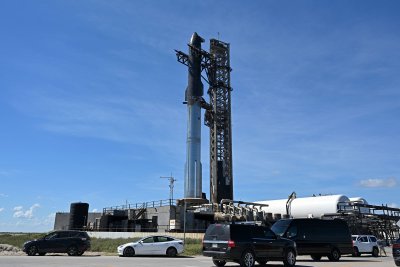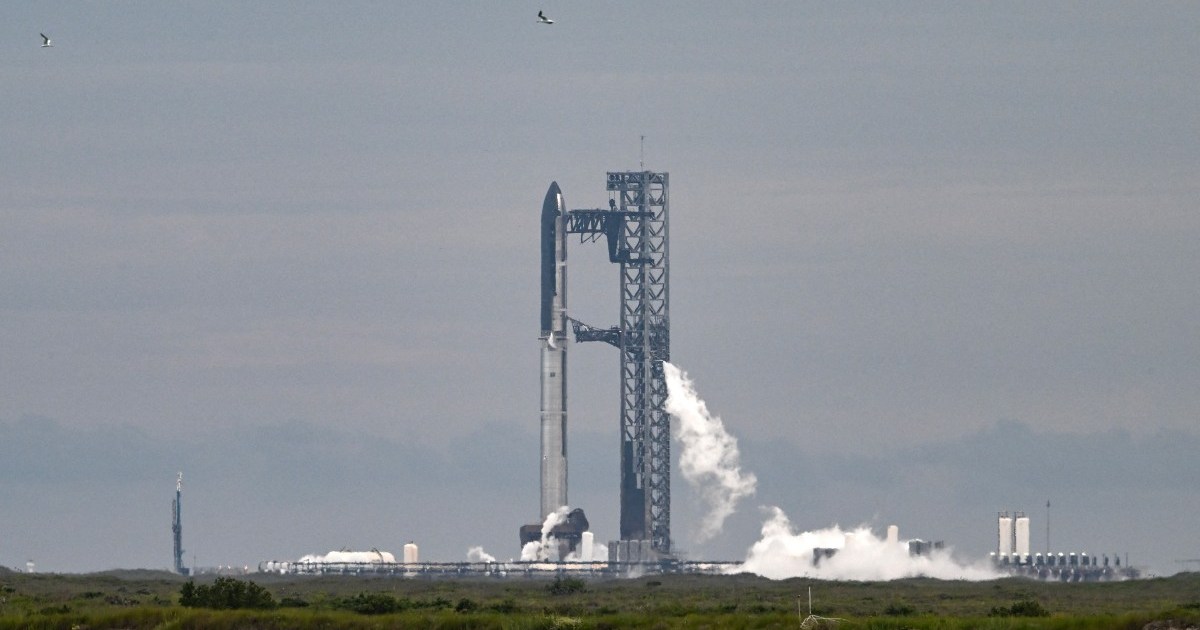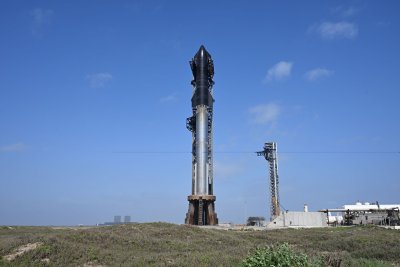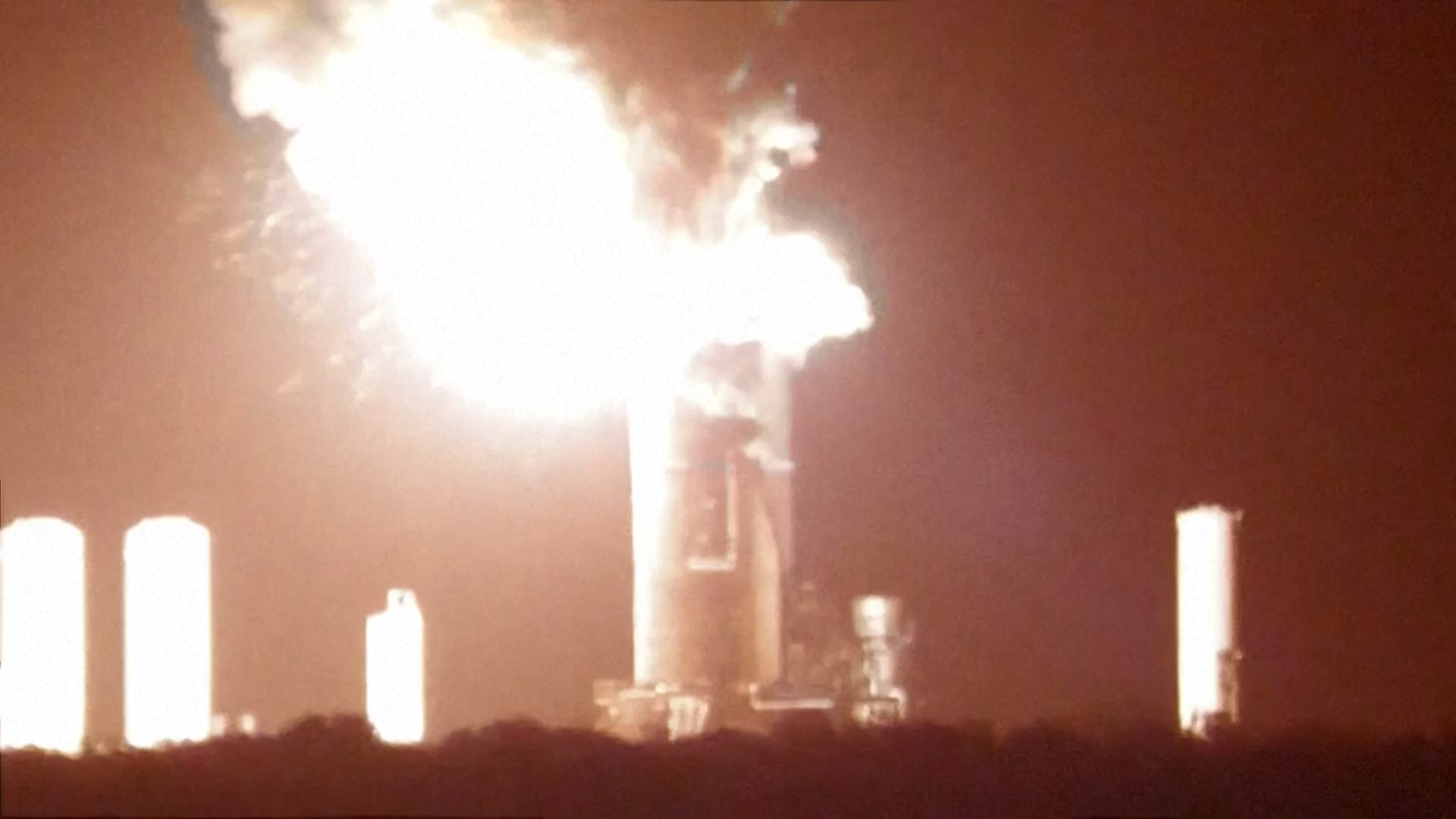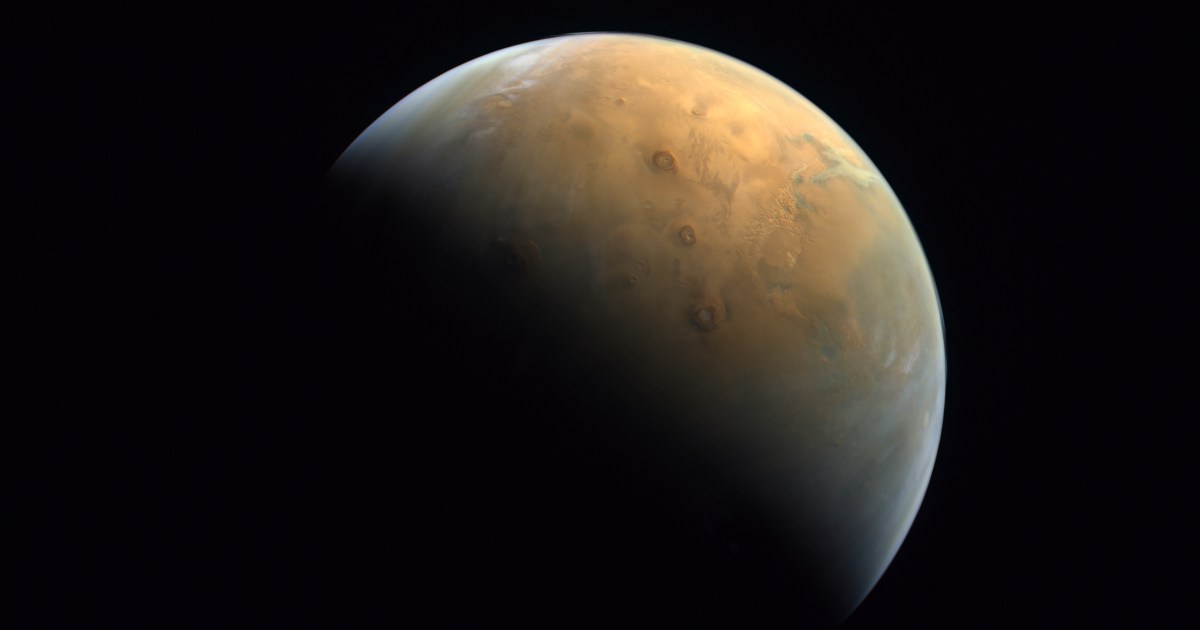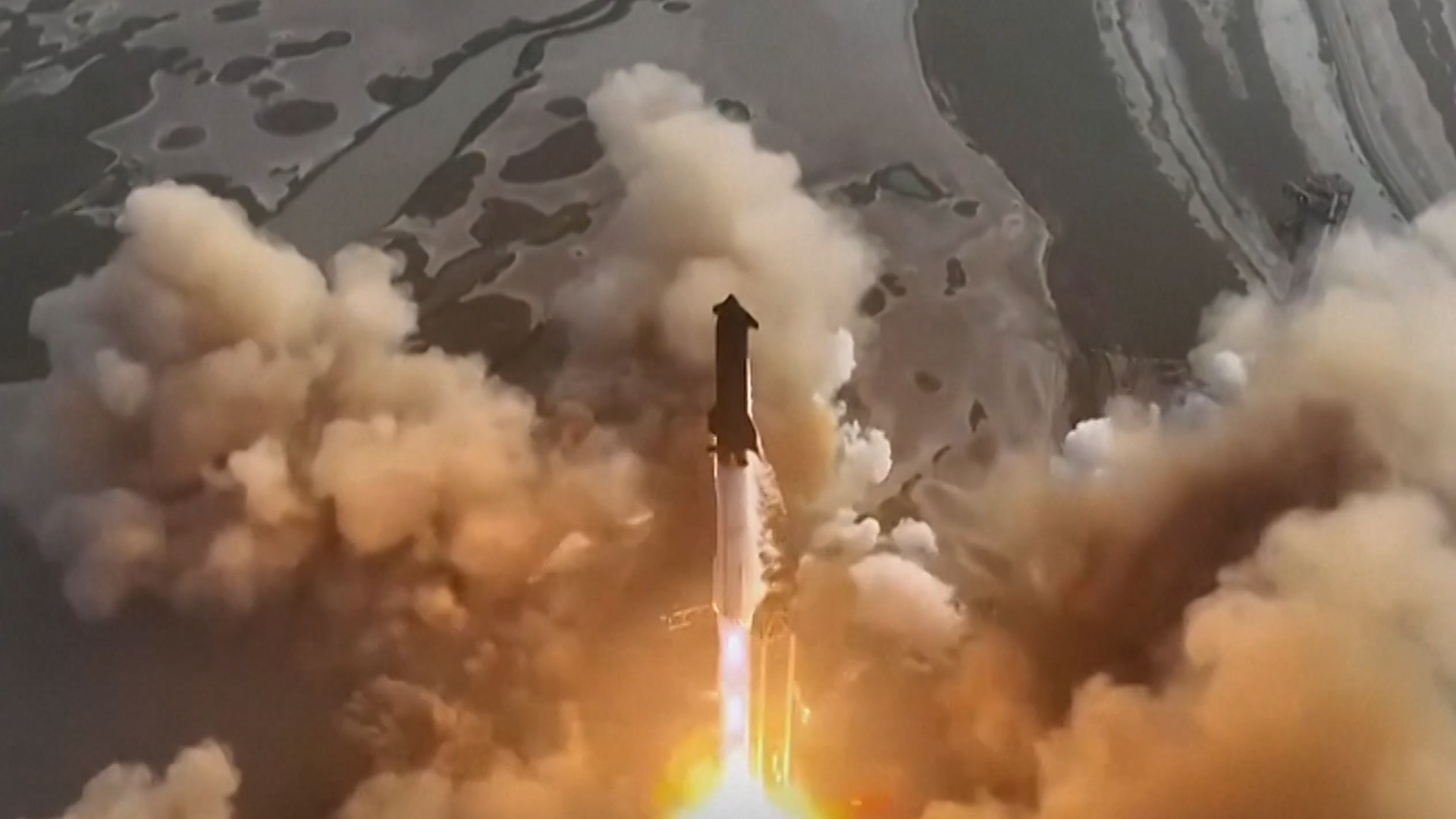Elon Musk has said that he believes there is a 50 percent chance that his Mars spacecraft will make its first uncrewed voyage to the red planet at the end of 2026, just two days after the latest test-flight setback for his SpaceX firm.
Musk presented a detailed Starship development timeline in a video posted online by his Los Angeles area-based rocket company on Thursday.
The South African-born billionaire and SpaceX owner said his latest timeline for reaching Mars depended on whether the craft can complete several challenging technical feats during testing, specifically a post-launch refuelling manoeuvre in Earth’s orbit.
In a video on social media platform X, which he also owns, Musk said his Starbase industrial complex and rocket launch facility in Texas was the “gateway to Mars”.
“It is where we are going to develop the technology necessary to take humanity and civilisation and life as we know it to another planet for the first time in the four and a half billion year history of Earth,” he said.
The end of 2026 is when a slim window opens offering the closest trip between Earth and Mars, as the planets align around the sun once every two years. This shorter distance would take seven to nine months to transit by spacecraft.
The first flight to Mars would carry a simulated crew consisting of Tesla-built humanoid Optimus robots. Human crews would then follow in the second or third landings.
In the video, Musk said he believed there was a 50-50 chance SpaceX would meet the 2026 deadline for the first mission. He added that if Starship was not ready by that time, SpaceX would wait another two years before trying again.
Musk’s announcement comes just a day after he confirmed his departure from the administration of United States President Donald Trump, following a tumultuous few months in which his various businesses – including SpaceX and electric car maker Tesla – have come under growing strain.
Musk’s unofficial role leading Trump’s Department of Government Efficiency (DOGE) has placed him in the crosshairs, as he has faced intense criticism for overseeing what has been decried as haphazard cuts to government programmes.
Faced with plunging stock prices and shareholder concern – most notably at Tesla – Musk said this week he would scale back his government role to focus on his private ventures.
Missed deadlines
In 2016, Musk said he wanted to send an uncrewed SpaceX vehicle to Mars as early as 2018, while he was targeting 2024 to launch the first crewed mission there.
But the mercurial entrepreneur’s ambitions for interplanetary exploration have been beset by repeated setbacks over recent years.
Most recently, on Tuesday, Musk was due to deliver a live webcast from the company’s Starbase in Texas following a ninth test flight of Starship that evening.
But the speech was cancelled without notice after Starship spun out of control and disintegrated about 30 minutes after launch, roughly halfway through its flight path, failing to achieve some of its most important test goals.
The mega-rocket re-entered the Earth’s atmosphere earlier than planned on Wednesday after a fuel leak triggered uncontrollable spinning in space, according to the Reuters news agency.
Posting on X after the failed flight, Musk said the test produced a lot of “good data to review” as he promised a faster launch “cadence” for the next several attempts.
There was also a failed launch in January – when the craft blew up moments after liftoff, raining debris over parts of the Caribbean and forcing commercial jetliners to change course – as well as in March.
Musk, who has spent billions of dollars on Starship’s development, says the initiative is part of SpaceX’s plan to colonise Mars.
The firm is also working with US government agency NASA to return humans to the Moon in 2027 onboard Starship, more than half a century since astronauts last walked on the lunar surface in 1972.
These efforts are a stepping stone towards launching NASA astronauts to Mars sometime in the 2030s.

